Clinical studies show that topical treatment alone can be as effective as giving antibiotic tablets.
BSAVA delegates learn how to limit the spread of MRSA/MRSP
MRSA and MRSP present an increasing risk to both animals and humans. Speaking at BSAVA Congress (6-9 April), Dr Anette Loeffler, senior lecturer in veterinary dermatology at the RVC, outlined the infections and discussed the most appropriate control strategies to limit their spread.
MRSA and MRSP are very different diseases, but they are most often identified from skin and ear infections. While the prognosis is usually very good, they both have zoonotic implications and the growing crisis of antibiotic resistance means that treatment options are limited.
MRSA is primarily a human pathogen, also known as the human hospital bug. Around 10 years ago, MRSA could be found in almost every human hospital in the UK. While rates have fallen dramatically, it is still one of the most important hospital-associated bacterial pathogens. In pets, MRSA tends to be a spillover from human hospitals.
MRSP is the veterinary equivalent of MRSA and has the potential to become a veterinary nosocomial pathogen. "This is where we've all got responsibility to nip it in the bud," said Anette. MRSP infections appear to be increasing in animals, especially dogs. The infection transmits to pets by direct contact between animals. Healthy animals showing no signs of MRSP infection are likely to be the main source of the bacterium.
The risk of contracting MRSA or MRSP increases through long stays in clinics, invasive procedures, use of implants and the prolonged use of invasive equipment such as a catheter. Veterinary staff have a higher occupational risk of carrying MRSA. Veterinary practices are also likely to harbour more resistant bacteria than the home, but only if hygiene practices are below standard.
During the lecture, Anette gave delegates some take-home tips to prevent and control MRSA and MRSP infection amongst pets and within veterinary practices. She stressed that owner education, maintaining good practice hygiene and the responsible use of antimicrobials are key to preventing the spread of infection.
Anette also highlighted the importance of hand washing using staphylococcal agents and to follow the manufacturer's protocols of cleaning and disinfection. Infected animals shed the virus into the environment, so they should be treated as contagious patients, she said. Hospitalised patients must be isolated or barrier nursed and appointments should be scheduled for the end of the day.
Her final tip was to recognise signs of MRSA and MRSP in patients early and to encourage them to follow up with topical treatment (washing). Clinical studies show that topical treatment alone can be as effective as giving antibiotic tablets. But Anette stressed that this requires an element of owner compliance and understanding.
"All of us need to work very hard to convince owners that topical treatment can be effective," she concluded.



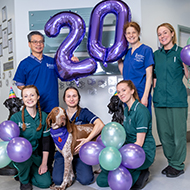
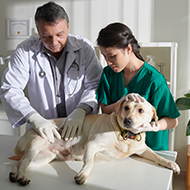
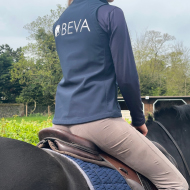
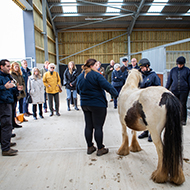
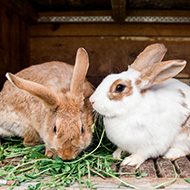 Rabbit Awareness Week (RAW) is returning this summer, running from 24-28 June 2024. The theme for this year will be 'Healthy Diet, Happy Bunnies'.
Rabbit Awareness Week (RAW) is returning this summer, running from 24-28 June 2024. The theme for this year will be 'Healthy Diet, Happy Bunnies'.
